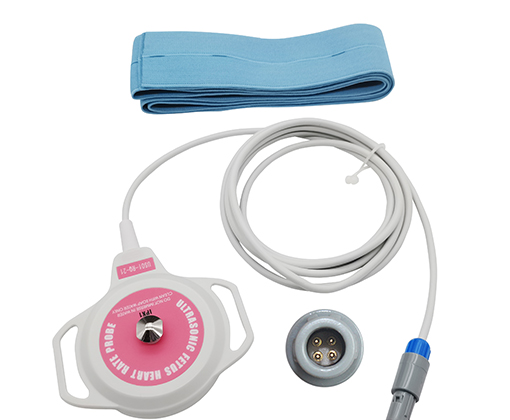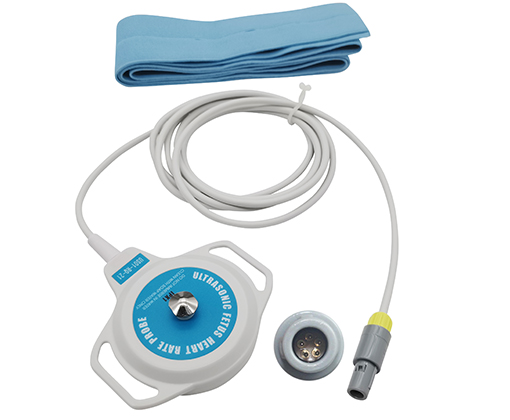Products Search
Reusable SpO2 Sensor
SpO2 Sensor
SpO2 Extension Cable
Direct ECG Cable
ECG Trunk Cable
Resuable ECG Leadwire
ECG Leadwire
ECG Adapters
Resuable NIBP Cuffs
NIBP Cuffs
NIBP Hose
NIBP Connector
Resuable Temperature Probe
Temperature Probe
Temperature Adapter Cable
IBP Adapter Cable
IBP Disposable Transducer
IBP Infusion Bags
Spare Parts
Diagnostic EKG Cable
Suction Pump
Limb Clip
Disposable ECG Electrodes
EKG Accessories
ECG Holter Cables
BIS Sensor
EtCO2
CO2 Nasal Cannula
Water Trap
Breathing Bag
ESU Pencils
Finger tip Pulse Oximeter
Vet equipment
Vet Monitoring Accessories
Ultraviolet Light Therapy Machine
Ultraviolet Light Therapy Machine
Types of Us Probes in Fetal Monitor Transducer
Types of Us Probes in Fetal Monitor Transducer
 English
English  日本語
日本語  한국어
한국어  français
français  Deutsch
Deutsch  Español
Español  italiano
italiano  русский
русский  português
português  العربية
العربية  Nederland
Nederland  中文
中文





